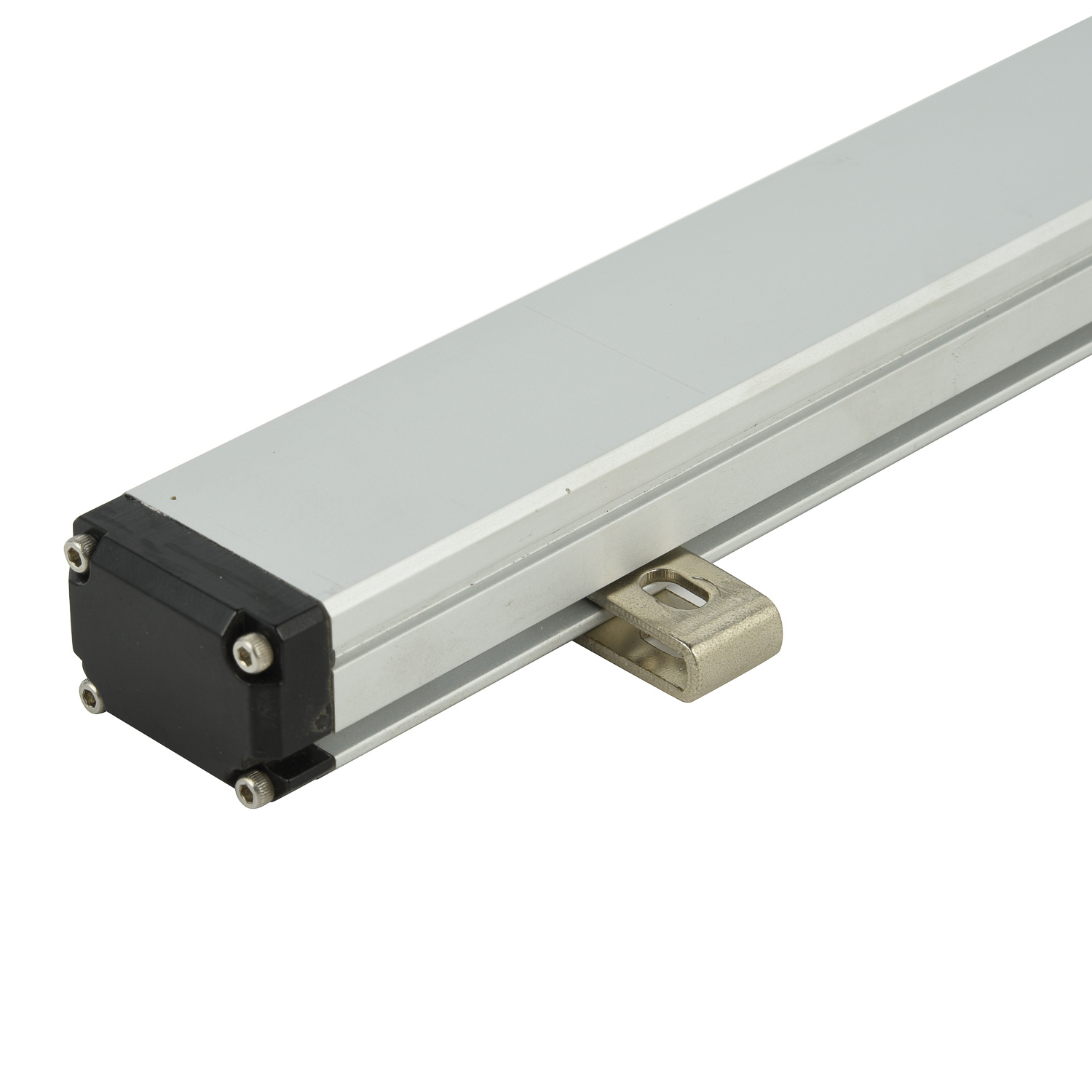What is the repeatability accuracy of magnetostrictive sensors?
Magnetostrictive sensors represent a pinnacle of precision measurement technology, utilizing the unique magnetostrictive effect to deliver exceptional position sensing capabilities. These sensors operate by generating torsional stress waves in a specially designed waveguide, enabling them to measure position with remarkable consistency and reliability across countless operational cycles.
What is Repeatability Accuracy in Sensing Technology?
Repeatability accuracy refers to a sensor's ability to consistently return to the same measurement point under identical conditions after multiple measurement cycles. For magnetostrictive sensors, this parameter becomes particularly crucial as it directly impacts the reliability of position detection in automated systems. Unlike absolute accuracy which measures deviation from true values, repeatability focuses on the sensor's consistency in reproducing measurements, making it a critical specification for applications requiring precise positional control.
The Science Behind Magnetostrictive Sensor Precision
The exceptional repeatability of magnetostrictive sensors stems from their fundamental operating principle. When a current pulse interacts with a magnetic field from the position magnet, it generates a mechanical wave that travels at sonic speed through the waveguide. This physical phenomenon remains extremely consistent over time, unaffected by environmental factors that typically degrade electronic components. The non-contact nature of the measurement ensures that mechanical wear doesn't compromise repeatability, allowing these sensors to maintain their precision characteristics throughout their operational lifespan.
Typical Repeatability Values and Performance Standards
High-quality magnetostrictive sensors typically achieve repeatability accuracy within ±1 micron or better, depending on the sensor model and measurement range. This exceptional performance places them among the most precise position sensing technologies available for industrial applications. Manufacturers specify these values under controlled conditions, but real-world performance often maintains this precision level due to the inherent stability of the magnetostrictive effect. The repeatability remains consistent across the entire measurement range, unlike some sensing technologies that exhibit degraded performance at range extremes.
Factors Influencing Measurement Consistency
Several key factors affect the repeatability accuracy of magnetostrictive sensors. Temperature stability plays a crucial role, though advanced sensors incorporate compensation mechanisms to minimize thermal effects. Electrical noise interference can impact signal quality, but proper shielding and filtering techniques maintain measurement consistency. The quality and stability of the position magnet, along with proper installation alignment, significantly contribute to maintaining optimal repeatability performance throughout the sensor's operational life.
Applications Demanding High Repeatability Accuracy
Industries requiring extreme precision increasingly rely on magnetostrictive sensors for their repeatability capabilities. Hydraulic cylinder position control in injection molding machines, precision press brakes in metal forming, and automated assembly systems all benefit from the consistent performance these sensors provide. The repeatability ensures that manufacturing processes maintain tight tolerances cycle after cycle, ultimately contributing to higher product quality and reduced rejection rates in precision manufacturing environments.
Comparing Repeatability Across Sensor Technologies
When evaluated against other position sensing technologies, magnetostrictive sensors demonstrate superior repeatability characteristics compared to resistive sensors, LVDTs, and even some optical encoders. Their non-contact operation eliminates mechanical wear issues that plague potentiometric sensors, while their immunity to contamination gives them an advantage over optical systems in industrial environments. This combination of features makes them the preferred choice for applications where long-term measurement consistency is paramount.
Maintaining Optimal Repeatability Performance
Proper installation and calibration procedures ensure magnetostrictive sensors maintain their specified repeatability accuracy. Regular verification against master gauges, appropriate mounting torque application, and environmental protection measures help preserve the sensor's precision characteristics. Following manufacturer guidelines for electrical connections and signal processing further enhances the long-term repeatability performance, ensuring consistent operation throughout the sensor's service life.
Future Developments in Precision Sensing
Ongoing research continues to push the boundaries of magnetostrictive sensor technology. Advancements in signal processing algorithms, improved waveguide materials, and enhanced temperature compensation techniques promise even better repeatability accuracy in future generations. As industrial automation demands increasingly precise position control, magnetostrictive sensors evolve to meet these challenges while maintaining their reputation for reliability and consistent performance in demanding applications.

 UpgradingYourLevelMeasurementS
UpgradingYourLevelMeasurementS
 Why are magnetostrictive level
Why are magnetostrictive level
 ComparingMagnetostrictiveandRa
ComparingMagnetostrictiveandRa
 MagnetostrictiveLevelSensorfor
MagnetostrictiveLevelSensorfor
